Understanding Celiac Disease and Its Nutritional Implications
Celiac disease is a chronic autoimmune disorder that affects approximately 1% of the global population. It occurs in genetically predisposed individuals when they consume gluten, a protein found in wheat, barley, and rye. Upon ingestion of gluten, an abnormal immune response is triggered, leading to inflammation and damage to the intestinal lining, particularly the villi, which are responsible for nutrient absorption. This impairment can result in a range of gastrointestinal and extra-intestinal symptoms, severely affecting the overall health of individuals diagnosed with this condition.
Common symptoms of celiac disease include abdominal pain, bloating, diarrhea, and fatigue. However, it is important to recognize that symptoms can vary widely among individuals, with some experiencing non-digestive manifestations such as joint pain, dermatitis herpetiformis, or neurological disorders. This variability can lead to a delay in diagnosis, underscoring the necessity of heightened awareness regarding the disease.
The inflammatory response associated with celiac disease not only disrupts digestive function but also leads to several nutritional deficiencies. These can include deficiencies in essential vitamins and minerals, such as iron, folate, calcium, and vitamin D, due to compromised absorption capabilities. Over time, a gluten-containing diet can lead to significant complications, including osteoporosis, anemia, and neurological problems. Therefore, adhering to a strict gluten-free diet is vital for managing symptoms and preventing further health complications.
Given the dietary restrictions necessitated by celiac disease, it is essential to create a tailored diet plan that provides a sufficient caloric intake while ensuring all gluten-containing foods are strictly avoided. This tailored approach helps maintain nutritional balance and supports the overall health and well-being of individuals coping with celiac disease.
Caloric Needs: Determining Your Daily Intake for a Gluten-Free Diet
Understanding daily caloric requirements is crucial in crafting a gluten-free diet plan, particularly for individuals diagnosed with celiac disease. The daily caloric intake varies significantly based on several factors, including age, gender, weight, and physical activity level. Additionally, the unique nutritional needs associated with celiac disease must be taken into consideration when determining caloric needs.
To start, one of the most commonly used methods for estimating daily caloric needs is the Harris-Benedict equation, which considers both Basal Metabolic Rate (BMR) and Total Daily Energy Expenditure (TDEE). BMR refers to the number of calories your body requires at rest, while TDEE incorporates calories burned through physical activity. Depending on your lifestyle, your multipliers can range from sedentary (BMR x 1.2) to very active (BMR x 1.725). This calculation provides a baseline, which can assist individuals in understanding their caloric requirements.
For adults, the general guideline suggests that women require about 1,600-2,400 kcal, while men typically need 2,000-3,200 kcal daily, depending on activity levels. For those adopting a gluten-free diet due to celiac disease, it is essential to prioritize nutrient-dense foods, ensuring that the caloric intake leans towards the higher end for individuals who are active or for those who have difficulty absorbing essential nutrients due to malabsorption related to the condition.
Additionally, individuals should monitor their body’s response to dietary changes. Tracking weight, assessing energy levels, and observing physical well-being will provide insight into whether the caloric intake is appropriate. Consulting with a healthcare professional or a registered dietitian can also provide personalized guidance, ensuring a balanced gluten-free diet meets caloric and nutritional needs effectively.
Sample Gluten-Free Meal Plans: 1000 kcal vs 2000 kcal
When crafting a gluten-free diet plan for individuals with celiac disease, it is essential to accommodate varying caloric needs while ensuring the meals are both nutritious and enjoyable. Below, we present two distinct meal plans – one totaling 1000 kcal and the other 2000 kcal. Each plan includes a well-balanced combination of breakfast, lunch, dinner, and snacks that meet gluten-free requirements while emphasizing the diversity of food options.
1000 kcal Meal Plan:
- Breakfast: Overnight chia pudding made with 2 tablespoons of chia seeds, 1 cup of almond milk, and half a banana (approximately 250 kcal).
- Lunch: A salad featuring mixed greens, 100 grams of grilled chicken breast, cherry tomatoes, cucumber, and a lemon vinaigrette (approximately 350 kcal).
- Dinner: Quinoa bowl with 1 cup of cooked quinoa, steamed broccoli, and 100 grams of baked salmon (approximately 350 kcal).
- Snacks: One apple with 1 tablespoon of almond butter (approximately 150 kcal).
2000 kcal Meal Plan:
- Breakfast: Smoothie made with 1 banana, 1 cup of spinach, 1 tablespoon of peanut butter, and 1 cup of almond milk (approximately 400 kcal).
- Lunch: Gluten-free wrap containing 100 grams of turkey, spinach, avocado, and roasted red peppers (approximately 500 kcal).
- Dinner: Stir-fry made with 200 grams of shrimp, mixed vegetables, coconut aminos, and 1 cup of brown rice (approximately 600 kcal).
- Snacks: Greek yogurt with gluten-free granola and a handful of berries (approximately 500 kcal).
Both meal plans not only adhere to gluten-free dietary restrictions but also provide a well-rounded intake of macronutrients. The inclusion of proteins, healthy fats, and carbohydrates ensures a satisfying experience for individuals with celiac disease. It is vital to prioritize variety and flavor while planning gluten-free meals, which enhances enjoyment and nutritional adequacy.
Nutrient Focus: Ensuring Balanced Nutrition on a Gluten-Free Diet
Individuals diagnosed with celiac disease face unique dietary challenges, particularly regarding nutrient absorption due to the damage gluten can cause to the intestinal lining. As a result, certain nutrients are frequently lacking in a gluten-free diet. Ensuring adequate intake of these essential vitamins and minerals is crucial for overall health and wellbeing. Key nutrients that require attention include calcium, iron, fiber, and B vitamins.
Calcium is vital for maintaining bone health. Gluten-free individuals can obtain calcium from various sources such as fortified plant-based milk alternatives (such as almond or soy milk), leafy greens like kale and bok choy, and dairy products for those who are not lactose intolerant. Inadequate calcium intake can lead to weakened bones and osteoporosis; therefore, incorporating these foods into daily meals is essential.
Iron also plays a critical role in transporting oxygen in the body, and deficiency is common in those with celiac disease. Gluten-free sources of iron include lean meats, fish, poultry, lentils, chickpeas, and pumpkin seeds. Combining these foods with vitamin C-rich items such as bell peppers or citrus can enhance iron absorption significantly, making meal combinations important.
Dietary fiber, often lacking in gluten-free diets, is essential for digestive health. Whole gluten-free grains like quinoa, brown rice, and gluten-free oats can be excellent sources. Additionally, fruits and vegetables contribute significantly to fiber intake and should be incorporated generously in daily meals.
B vitamins, including B6, B12, thiamine, and folate, support various bodily functions, including nerve function and energy production. Gluten-free grains, legumes, nuts, and green leafy vegetables serve as good sources of these vitamins. Depending on individual dietary habits, supplementation may be considered to bridge gaps in nutrient intake effectively.
In summary, individuals on a gluten-free diet need to pay particular attention to nutrient balance by prioritizing diverse food sources and, if necessary, considering supplementation to meet their nutritional needs adequately.
Tips for Maintaining a Gluten-Free Diet on a Budget
Adhering to a gluten-free diet, particularly for those diagnosed with celiac disease, can often seem overwhelming due to costs associated with gluten-free products. However, maintaining a budget-friendly gluten-free diet is achievable through practical strategies that emphasize smart shopping and meal preparation.
One essential tip is meal prepping. By planning meals for the week ahead, individuals can save both time and money. Purchasing ingredients in bulk can significantly reduce costs. Focus on whole foods such as fruits, vegetables, lean proteins, and gluten-free grains like quinoa, rice, and corn. These items are often less expensive than specially formulated gluten-free alternatives. Incorporating legumes as a source of protein can also be a budget-friendly choice, providing nutrients without added expenses.
Shopping smart is another strategy to manage costs effectively. Always assess local grocery stores for sales and discounts on gluten-free items. Many stores offer loyalty programs or coupons that can help stretch the budget. Furthermore, choosing generic or store-brand gluten-free products can be an economical option compared to branded alternatives. When purchasing processed gluten-free foods, be vigilant in reading labels. This ensures that hidden gluten is avoided while also allowing for informed decisions about purchasing items with unnecessary additives.
For those looking to explore budget-friendly gluten-free recipes, consider simple dishes like stir-fries, salads, and soups that utilize seasonal vegetables and accessible proteins. Online resources provide a plethora of affordable gluten-free recipes that can cater to various tastes and preferences. Community cooking classes or online webinars can greatly enhance one’s cooking skills, promoting confidence in creating wholesome meals.
In conclusion, maintaining a gluten-free diet on a budget is feasible with deliberate planning, smart shopping, and an emphasis on whole foods. By employing these strategies, individuals managing celiac disease can enjoy a nutritious diet without financial strain.

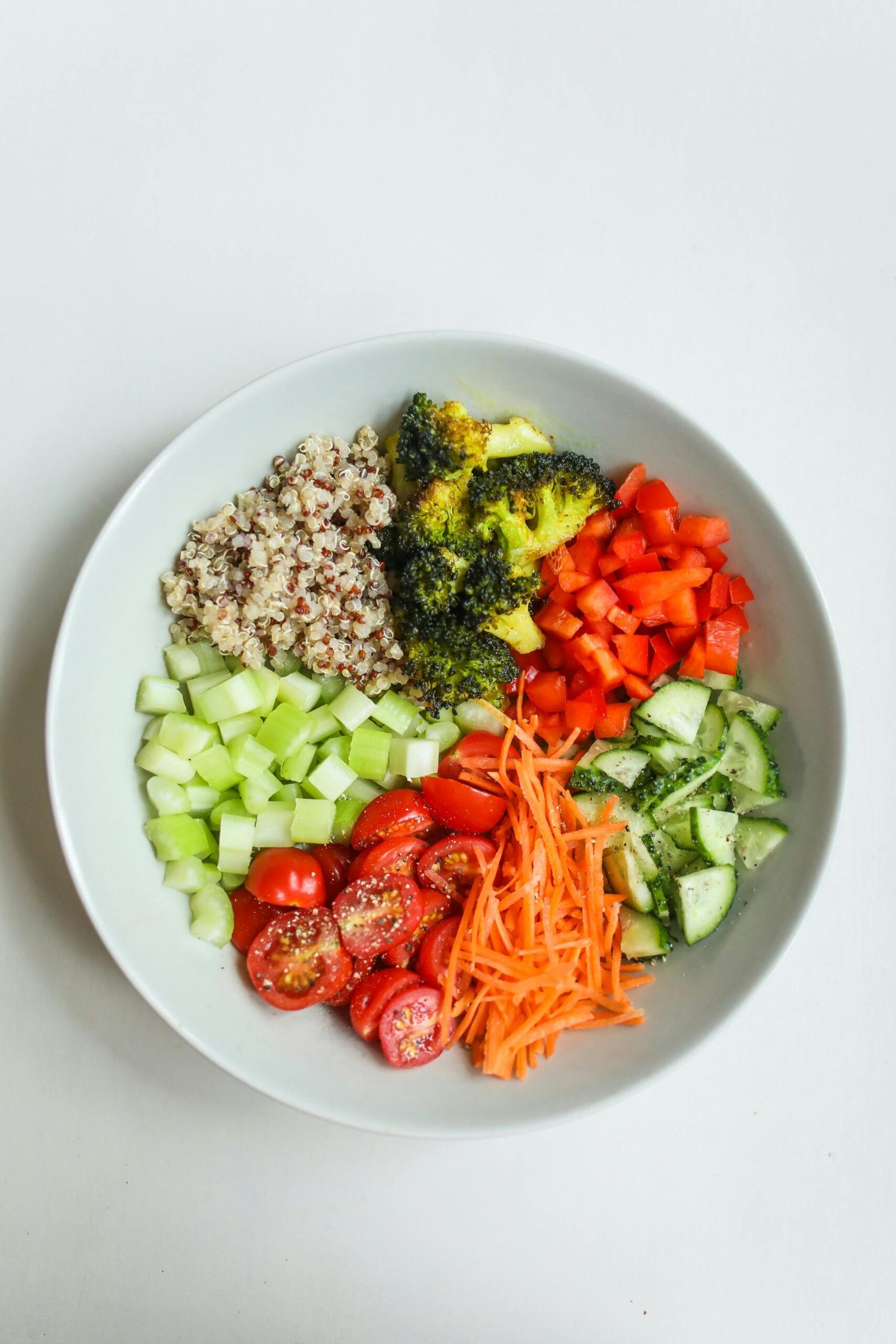



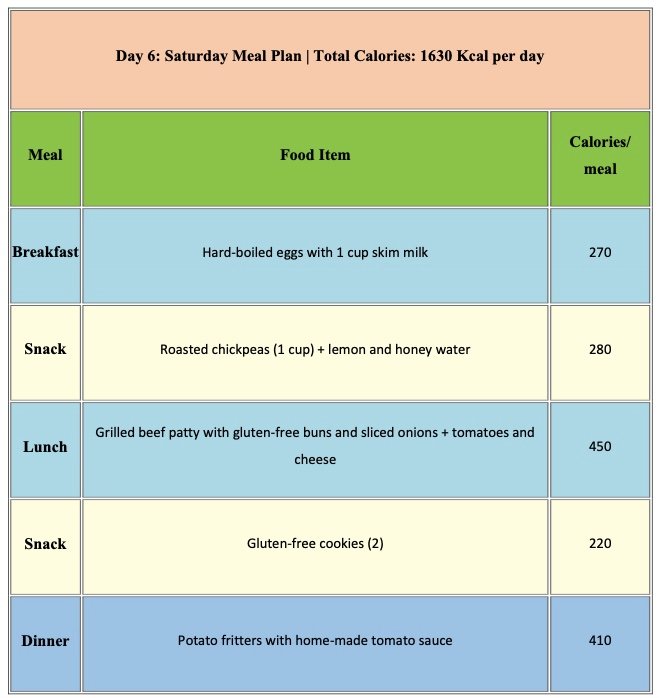
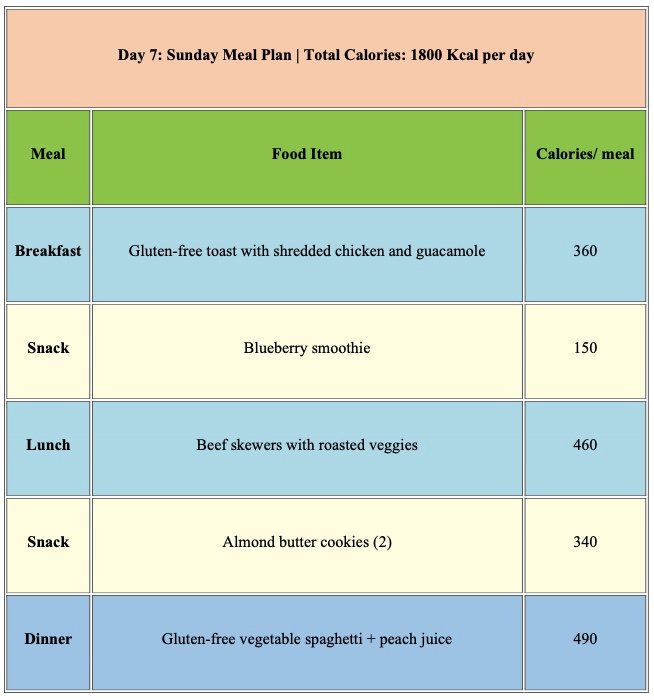
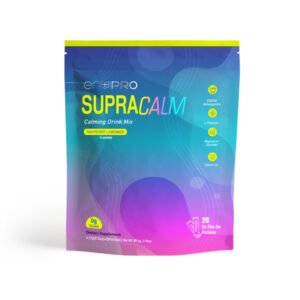



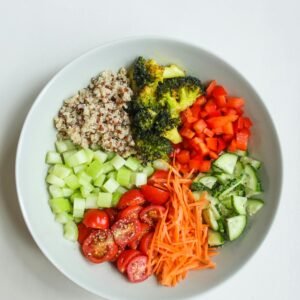
Reviews
There are no reviews yet.